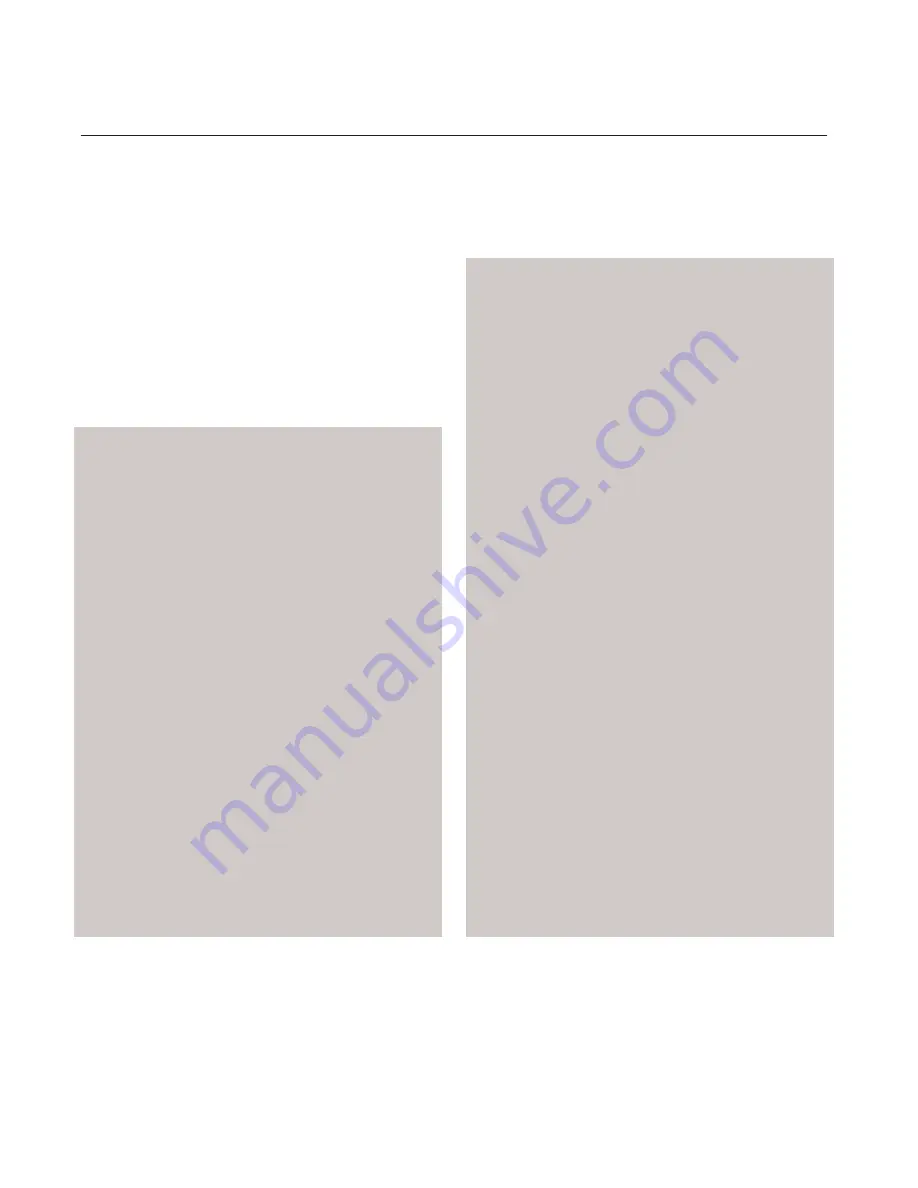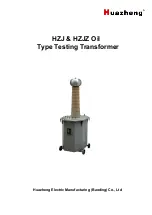
IPF
Page 14
Take the internal assemblies out of the housing by
grasping plastic removal tab and pulling straight out,
away from housing base. Apply steady pull, disen-
gaging the pneumatic fittings from their ports in the
housing base.
Separate sub-assemblies by removing the single,
slotted-head screw in the side of section #1 of the
pneumatic block, which is shown in figure 7.
Cleaning the Mechanical
Subassembly
1. Place subassembly on work surface with zero
screw and span pot down.
2. Use syringe to fill flapper air passage with
trichloroethane (TCE). See figure 7.
3. Clean nozzle air passage by gently passing
cleaning wire back and forth through opening in
subassembly base.
4. Soak several small strips of clean paper in TCE.
5. Set subassembly on its side, and slide one strip
between nozzle and flapper. Carefully apply
slight pressure to flapper until it rests against
nozzle with soaked paper in between.
6. Maintain pressure while pulling paper out.
Repeat with other strips of paper until no residue
is transferred to paper.
7. Inspect air passage O-ring. If damaged, contact
Moore Industries’ Customer Service Department
for replacement.
8. Use instrument air supply to dry and generally
“blow out” subassembly. Put small amount of
alcohol in air passage, and set subassembly
aside.
Cleaning the Pneumatic Block
Refer to figure 7 to disassemble the IPF pneumatic
block, and when performing the following:
1. Place block on work surface with its two socket-
head screws facing up. Use screwdriver to mark
one side of block with several small scratches for
use when re-assembling parts.
2. Dip cleaning wire in TCE, and use it to clean
orifice #1, the air passage between block and
mechanical subassembly (see figure 7).
Flush orifice with alcohol after cleaning.
3. Remove two socket-head screws that hold the
pneumatic block together. Separate section #1
from block.
4. Use swabs dipped in TCE to clean internal
surfaces, and to remove any dirt particles or oil.
Flush all parts with alcohol after cleaning.
5. Push cleaning wire dipped in TCE through small
orifices on underside of section #1, in center
opening and along outside edge. Use syringe
filled with alcohol to flush openings.
Set section #1 aside.
6. Remove spring, disk, and diaphragm from top of
section #2. Inspect each for deterioration and
dirt. Use compressed air to blow off all parts.
7. Remove diaphragm from bottom surface of
section if necessary.
8. Push cleaning wire dipped in TCE through brass
fitting in center of section.
9. Clean small orifices along edge of section (top
and bottom) with cleaning wire, and flush with
alcohol syringe.








































